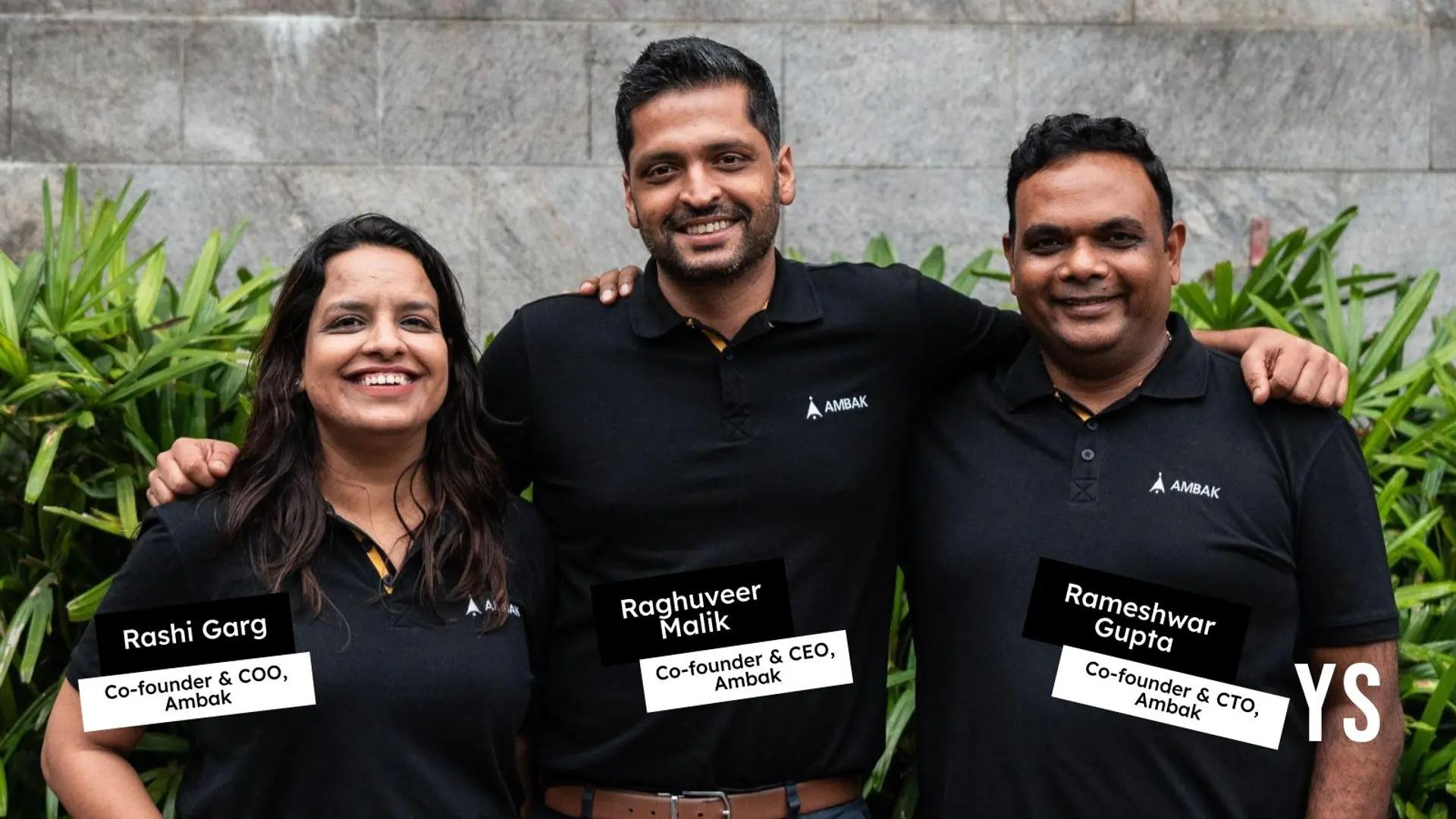Community radio to give voice to villagers says Archana Kapoor
It is through a community radio initiative in Haryana’s Mewat district that Archana Kapoor gives backward communities a chance to speak and be heard. This Delhi-based publisher, filmmaker, author, and activist travelled 70km into Haryana and launched the project five years ago. While most radio channels in India are commercial, with content that defines easy and constant entertainment, the prime focus of Radio Mewat is to share information that benefits and empowers local residents. It also provides a platform for the marginalised sections of society to share its stories. The staff, which consists of 11 full-time reporters, a managerial team and an administrative team, are local residents.

As reported by The New Indian Express, the radio station has received two national awards from the Union Ministry of Information and Broadcasting. It has been instrumental in reviving the lost cultural and oral traditions of the Meos and local Sufi singers who have been reciting the Mahabharata. Archana believes the key reason why the channel has become “the voice of the vulnerable” is because radio allows people to maintain anonymity and still have a wide and direct reach.
In this region of abject poverty, Mohd Arif, 28, and colleague Warisa, 23, are part of a team of intrepid reporters for this rural radio station. From a humble studio, they break the day’s biggest story. The newsmaker on a particular day is a young boy, part-time farm help and part-time student, who finally manages to succeed in school. Recently, the reporters blew the lid off a shocking scam: a fraud by the headman of Golpuri village who stole cash meant for the rural jobs scheme, NREGA.

Predominantly Muslim, Mewat has been a reference point for backwardness, with high poverty and low literacy rates. It lags in six among eight national socio-economic indicators, including two health indices, according to a 2008 baseline survey by non-profit Institute for Human Development. Mewat Radio is helping to bring progress with its 11 beat correspondents who track the area’s agriculture, crime, development and women’s health.
Community radio isn’t new, but the Information and Broadcasting (I&B) Ministry – which controls broadcast policy – plans to aim it at vulnerable areas or communities. These low-power stations use special spectrum – or radio bandwidth – reserved for social goals and typically cover a 20km radius. “FM-dark” areas not serviced by private or state radio are being identified, including those where disadvantaged sections find it tough to benefit from welfare programmes.
India is re-imagining the role of community radio, planning a string of such hyper-local stations to serve social, strategic and political goals. “The government’s intentions are good, but we need more freedom and faster bureaucracy to be able to go far,” says Archana in a report in The Hindustan Times.
To stay updated with more positive news, please connect with us on Facebook and Twitter.







